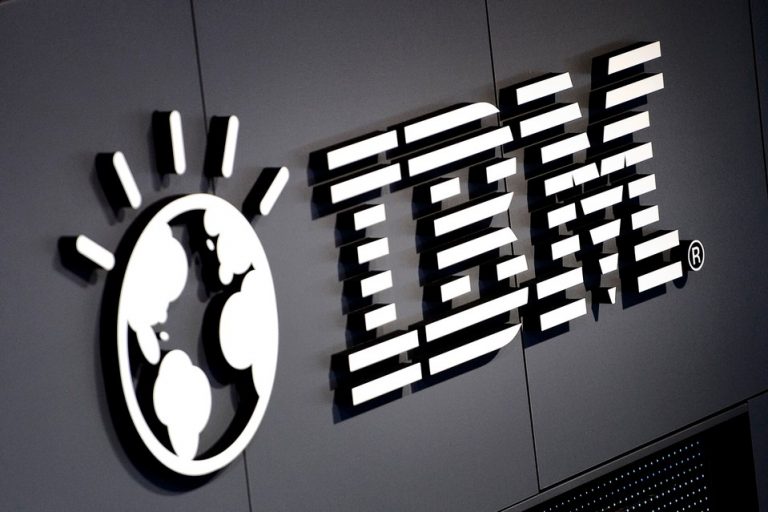
International Business Machines Corp. (NYSE:IBM) wants to undo Intel Corporation (NASDAQ:INTC) dominance in the server chip market. The company took the opportunity at the HotChips conference in California to show details of its Power9 chip.
IBM intends to make its P9 server processor available starting next year. Those who want to buy the chip can get it from IBM itself or its hardware partners, though specific names have not been revealed.
Expandable hub
Given Intel’s dominance in the server chip market, IBM plans to include extra features in P9 that it hopes will give it an edge in the market. For instance, the P9 is being designed as an expandable hub that should enable server makers to fashion it to suit a variety of needs. Think about a chip that enables you to make servers that can run only a small number of real-time algorithms at very high speed.
IBM’s P9 can be used in making servers that start at a price of $6,000.
Basic designs
IBM will make its P9 server processor in two basic designs. One of the designs will be targeting the artificial intelligence and predictive technology market. Remember that IBM’s Watson belongs in that category. The second basic design of P9 will target the hyperscale application market and that is where you find users such as Google.
It is no wonder that IBM is trying to get Google on board to use its server chips. Google has already shown interest in moving to IBM’s camp and it has already tried the older P8 chip. The company is said to be willing to run P9 on its servers if it can guarantee 20% power savings.
Market opportunity
Analysts see IBM’s move to compete aggressively with Intel in the server chip market as motivated by the desire to profit from the secular shift to cloud computing. Enterprises are increasingly shifting their workloads to the cloud and the rise of the Internet of Things is further expected to increase pressure on data centers. That should increase demand for server chips.




